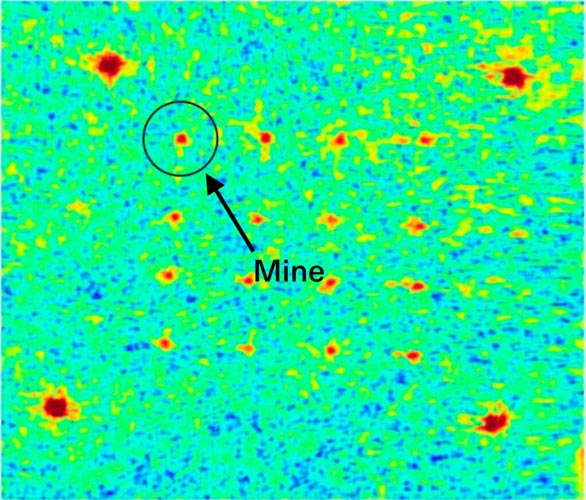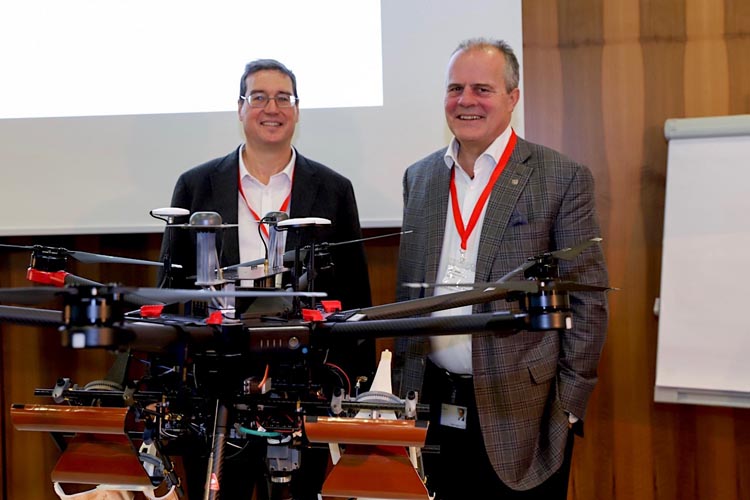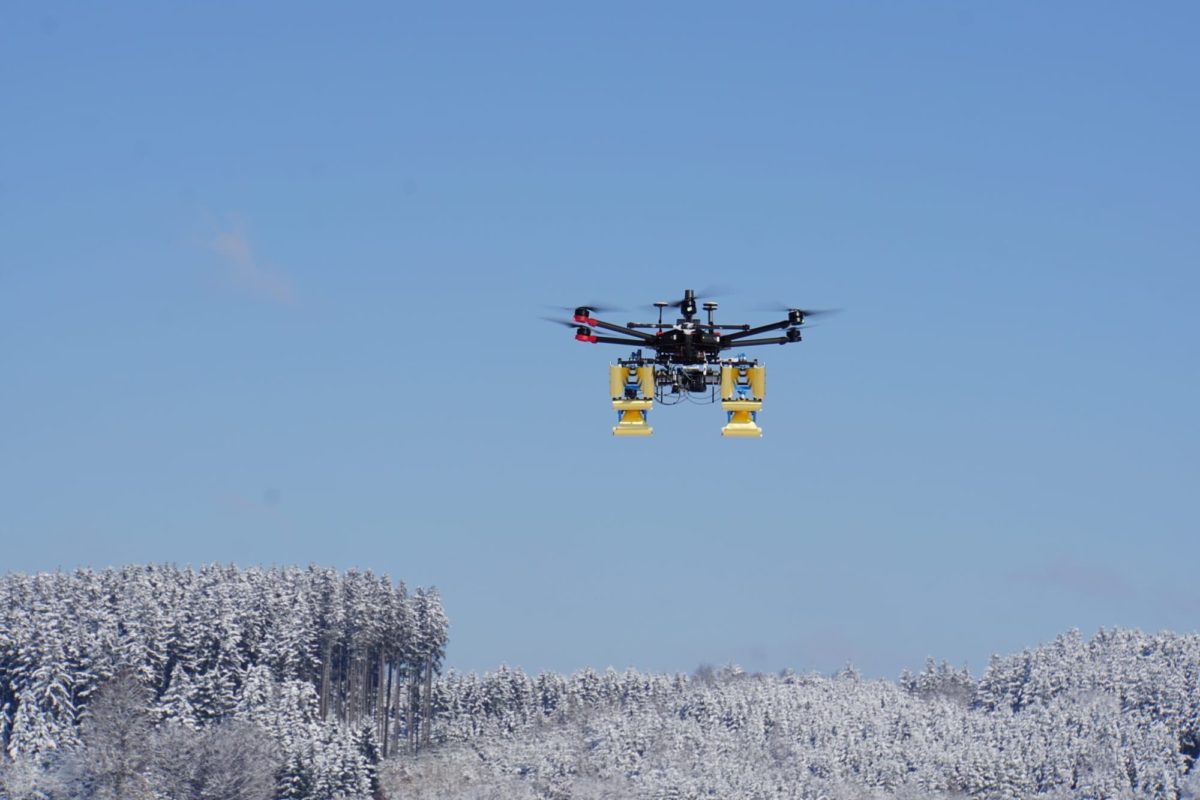In the past 10 years, drone technology has developed dramatically and their use has widened. From ambulance drones, to window cleaning drones and sushi delivering-drones, these flying robots seem to be able to do almost anything. Could drones even replace deminers in the future? Interview with Matt Wilson, FSD’s Head of operations.
Could a drone be used to locate and detonate mines remotely?
“This might sound like an almost magic solution to avoid endangering deminers’ lives and to cut costs, but things are unfortunately not so easy.
Drones can theoretically be used to help locate mines in three ways. One option is to equip drones with optical or infrared cameras, which can reveal mine laying patterns on surface soil or vegetation in some minefields. The technique is however not certain or repeatable and does not work in most types of minefields.
A second option is to employ magnetometers (metal detectors). Research has shown mines can be detected using this tool, but only in certain test conditions. The drone has to be deployed near the ground, above uniform and flat soil, without vegetation. In real world condition, reliable and consistent results have not been obtained yet.
A third route is using ground penetrating radar. This has proved more effective, but the detector still needs to be maximum one meter above the ground, and the soil needs to be dry and homogenous.
Detectors of all kinds are also quite heavy: attaching them to drones requires a compromise between detection efficacy and run time.

So while locating mines using drones is promising but at its beginnings, detonating mines remotely from a drone remains very much out of question. Dropping an explosive charge from a drone just cannot be done accurately enough. It could lead to partially destroying the targeted mine, making it even more dangerous. In addition, such detonations would also create a lot of debris, leading to confusion across the minefield when trying to detect and deal with other mines.”
Then how can drones be used in mine action today?
“The best application for drones is by investigating the potential presence of explosive devices in a large location, which in the mine action jargon is called, “non-technical survey”. This is traditionally done by talking with local people who might report accident stories, death of grazing animals, or by consulting old military maps. This step allows the deminers to draw a large box around suspected areas. If the box can be refined and made more accurate, some areas can be discounted, making the area quicker (and cheaper) to be cleared subsequently.
A drone can possibly help in this phase in two ways. First, with aerial photography/mapping support which may show patterns in the soil suggesting where mines might be located. Secondly, if the conditions fit (flat, uniform soil, no/little vegetation etc.), then a drone equipped with a metal detector could be used to get a better picture of possible buried mines – this is very much the case in countries like Iraq and Syria where the “mines” are actually improvised explosive devices with large amounts of metal content. Currently this does not replace what is recognized and authorized procedure, but it could help contribute to making the process quicker, cheaper and safer in the future.”
Does FSD use drones in its operations?
“We tested drones in Libya very early on, in 2012. In 2013 to 2015 FSD were then part of a large European Space Agency financed research project, which also included using satellite imagery for mine action.
We have so far chosen not to use any drones in most of our operations, where this currently entails no advantage (cost wise or safety wise). We however intend to use drones in Iraq but are having trouble actually importing this equipment into the country. It should be noted that in many programmes, the use of drones can also be restricted due to security concerns – the rules governing the use of drones get tighter all the time with local civilian legislation, and military/security concerns can also constitute obstacles in some countries.

FSD has nonetheless used drones extensively in its environmental remediation projects. They helped our teams elaborate a modelling of the terrain and to understand how ground and surface water flows in relation to any pollution contamination. This yields useful information on the pollution sites in order to design efficient remediation measures, as well as produces a historical record to track and monitor terrain and contamination in the longer term.
In 2016, FSD has also produced a study on the use of drones in humanitarian action.
FSD makes a priority to spend time and energy on research and innovation in its fields of operation, including mine action: the organisation has contributed for five years to FindMine, a research project involving three Swiss and German universities and financed by the Urs Endress Foundation.”

What can be hoped for in 10 years regarding drones and mine action?
“Ideally, in 10 years, drones could be part of the regular equipment of all mine survey teams – those in charge of locating the contaminated areas. Based on the advancement of the FindMine project, we can imagine a mine action drone with the following characteristics in the 2030s:
– Equipped with a combination of detectors: optical and infrared sensors; magnetometer, and ground penetrating radar;
– With improved ground-penetrating-radar technology for improved results in mixed soils;
– Lightweight, so that it can fly for longer;
– Able to overcome obstacles of hills/slopes/uneven terrain and where vegetation is present;
– Costing less than USD 20,000;
– Easy to use, even by a team without too much analysis training or drone training;
– Approved (through field testing and accreditation) as an official survey mine action survey tool.”



